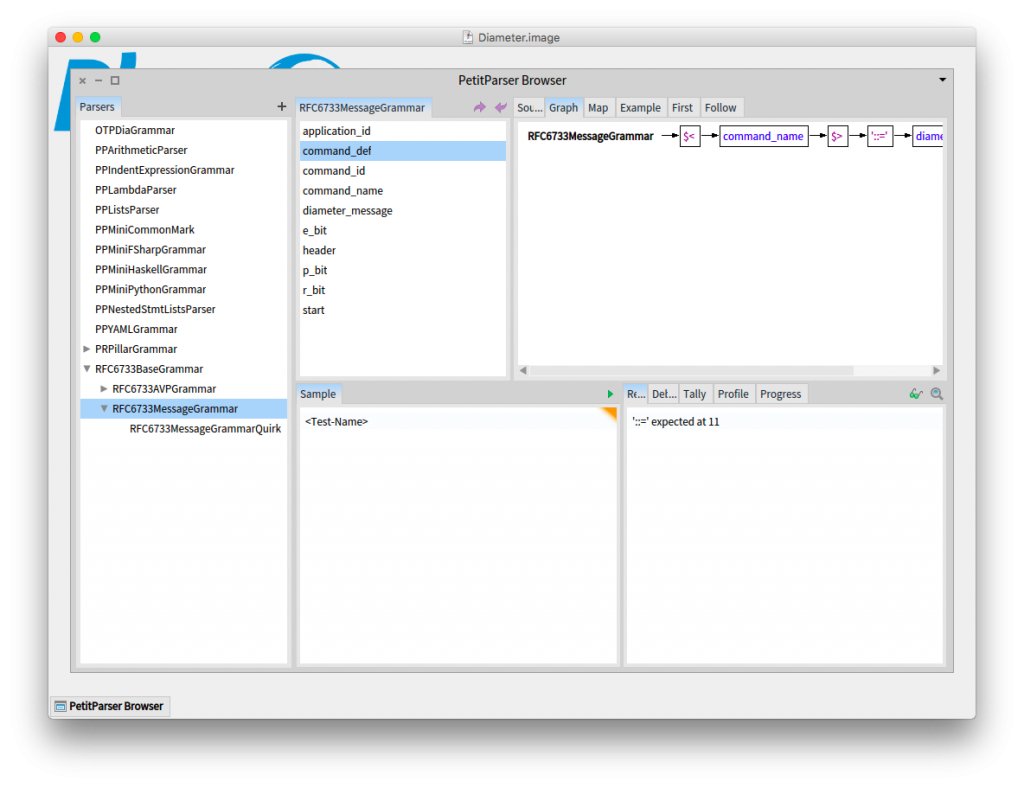Starting with a Diameter stack
Going from 2G/3G requires to learn a new set of abbreviations. The network is referred to as IP Multimedia Subsystem (IMS) and the HLR becomes Home subscriber server (HSS). ITU ASN1 to define the RPCs (request, response, potential errors), message structure and encoding in 2G/3G is replaced with a set of IETF RFCs. From my point of view names of messages, names of attributes change but the basic broken trust model remains.
Having worked on probably the best ASN1/TCAP/MAP stack in Free Software it is time to move to the future and apply the good parts and lessons learned to Diameter. The first RFC is to look at is RFC 6733 – Diameter Base Protocol. This defines the basic encoding of messages, the requests, responses and errors, a BNF grammar to define these messages, when and how to connect to remote systems, etc.
The core part of our ASN1/TCAP/MAP stack is that the 3GPP ASN1 files are parsed and instead of just generating structs for the types (like done with asn1c and many other compilers) we have a model that contains the complete relationship between application-context, contract, package, argument, result and errors. From what I know this is quite unique (at least in the FOSS world) and it has allowed rapid development of a HLR, SMSC, SCF, security research and more.
So getting a complete model is the first step. This will allow us to generate encoders/decoders for languages like C/C++, be the base of a stack in Smalltalk, allow to browse the model graphically, generate fancy pictures, …. The RFC defines a grammar of how messages and grouped Attribute-Value-Pairs (AVP) are formatted and then a list of base messages. The Erlang/OTP framework has then extended this grammar to define a module and relationships between modules.
I started by converting the BNF into a PetitParser grammar. Which means each rule of the grammar becomes a method in the parser class, then one can create a unit test for this method and test the rule. To build a complete parser the rules are being combined (and, or, min, max, star, plus, etc.) with each other. One nice tool to help with debugging and testing the parser is the PetitParser Browser. It is pictured above and it can visualize the rule, show how rules are combined with each other, generate an example based on the grammar and can partially parse a message and provide debug hints (e.g. ‘::=’ was expected as next token).
After having written the grammar I tried to parse the RFC example and it didn’t work. The sad truth is that while the issue was known in RFC 3588, it has not been fixed. I created another errata item and let’s see when and if it is being picked up in future revisions of the base protocol.
The next step is to convert the grammar into a module. I will progress as time permits and contributions are more than welcome.